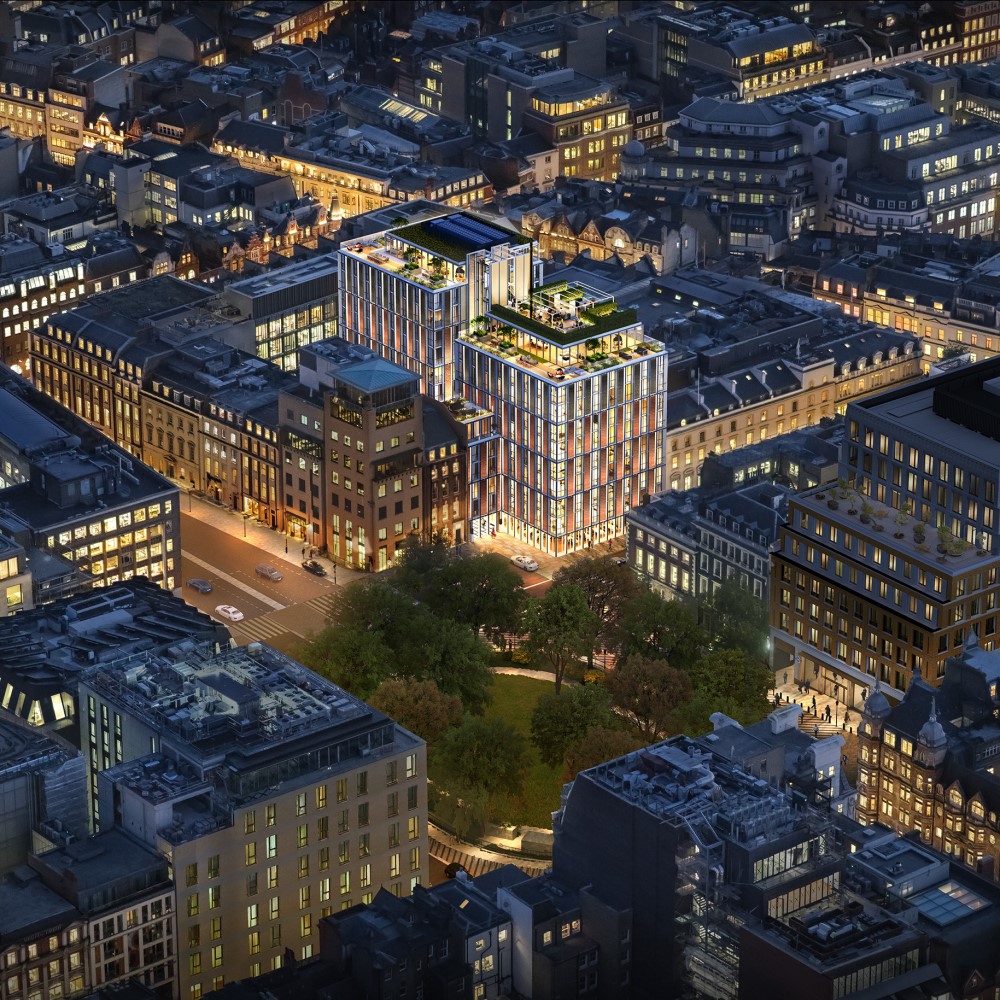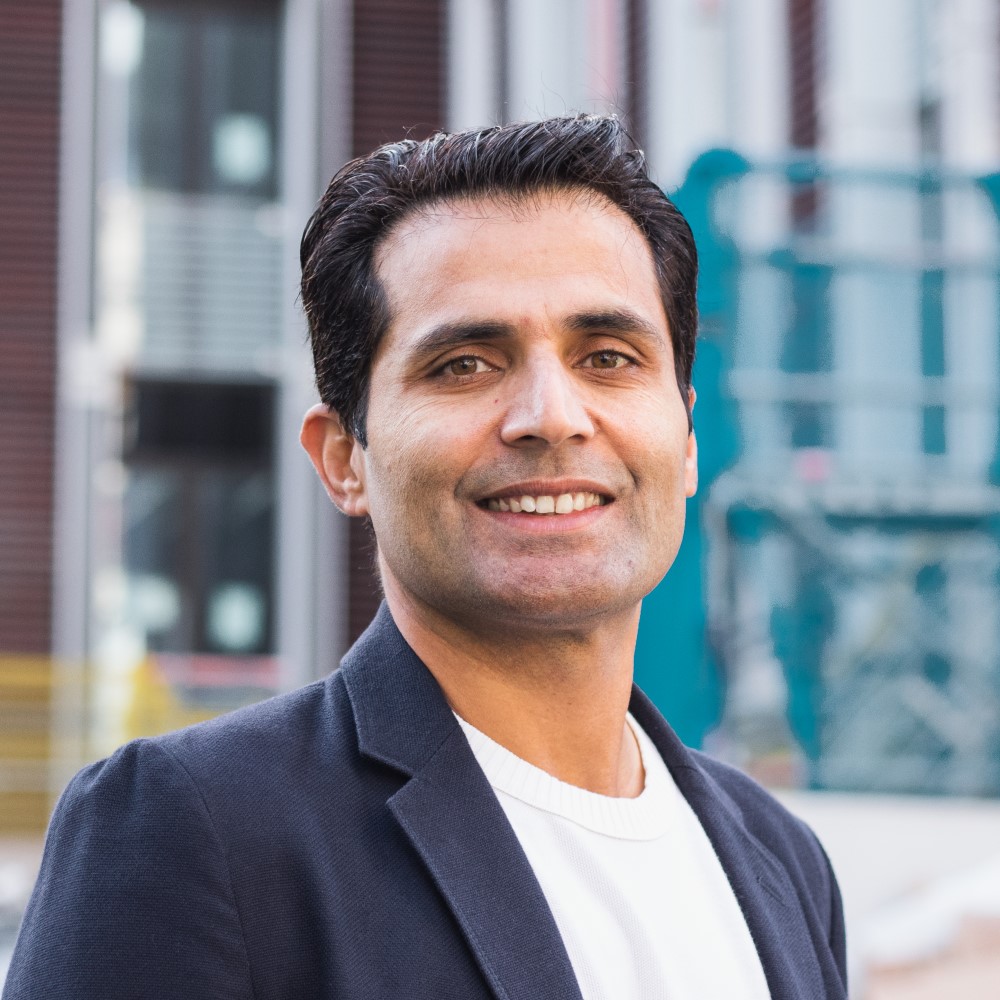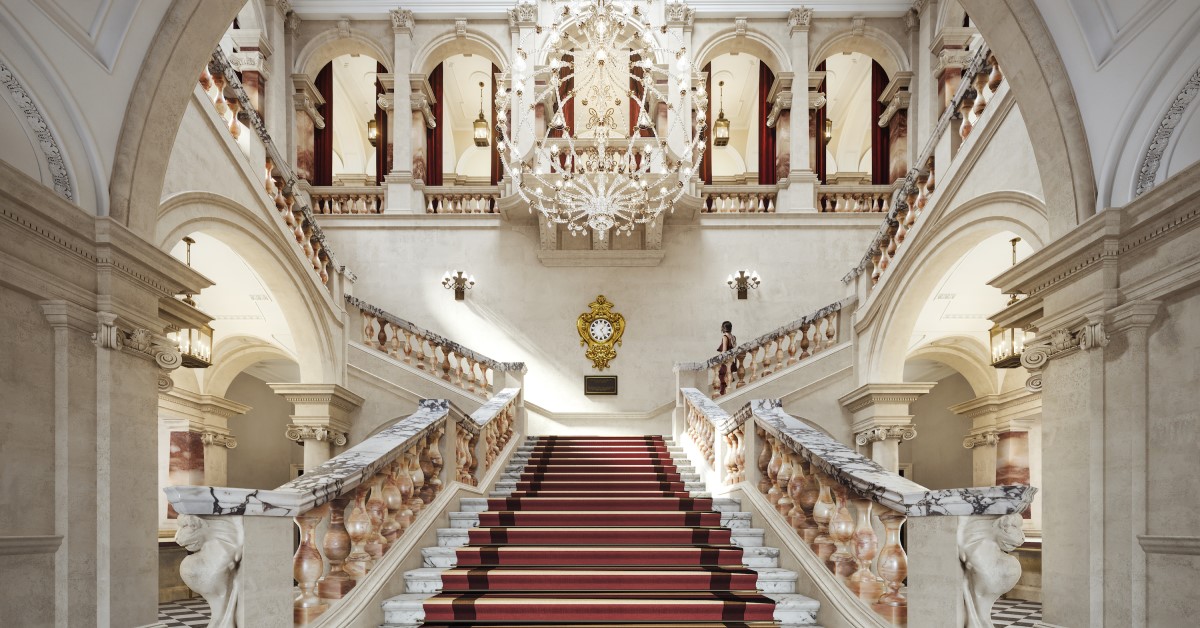From buying up townhouses and chic apartments to developing eye-catching and anticipated new residences, Indian investors and entrepreneurs are making an indelible mark on real estate in and around Mayfair
Words: Will Moffitt
Sameer Gehlaut has always had a knack for building things. Growing up in Rohtak, a small city in Northern India, he was fascinated by how businesses worked. This was the 1980s and cars, motorbikes, and TVs were becoming more common. Studying at the Indian Institute of Technology under “some of the world's best engineers and technologists” Gehlaut saw “how computers and the Internet were going to change the world”.
Two years after graduating he founded Indiabulls with two friends from a cramped basement office with a tin roof. Three years later the business was one of India’s leading online brokerages, encompassing more than 75 branches across 55 cities.
The firm established subsidiaries in stockbroking, consumer finance, housing finance and Gehlaut turned his attention to real estate, transforming ailing Mumbai textile mills into sleek modern offices. Since then Indiabulls Real Estate has delivered over 30 million-square-feet of offices and homes in India.
In 2012 he expanded into London founding Clivedale, a Mayfair-based, super-prime property developer that has carefully curated a portfolio of luxury residential apartments, commercial and hotel developments encompassing The Mansion, 73-77 Brook Street, and Mayfair Park Residences. Most recently, they have developed The Residences at Mandarin Oriental Mayfair in Hanover Square.
“We only take on a handful of projects at any one time. We are not interested in developing for development's sake,” Gehlaut says. “We want to focus on building spaces that will raise the bar for what luxury real estate means globally.”
Gehlaut’s ambitions are grand and that puts him in good company. His mission to invest in world-beating developments see him join a coterie of wealthy Indian-born businessmen and developers investing significant sums into real estate projects in and around Mayfair.
Some, like Gehlaut, are building polished offices and serviced apartments for a discerning clientele. Others are turning the heritage properties of the old aristocracy into luxury hospitality and residential ventures.

Peter Wetherell, founder and CEO of eponymous Mayfair estate agent likens this surge of Indian-driven investment “to the Middle East interest in Mayfair from the 1970s”. “The Indian purchasers in Mayfair are one of our most important markets whether home based, on the Indian continent or via Dubai,” Wetherell says.
Lodha, India’s foremost real-estate developer founded in 1980 by Mangal Prabhat Lodha, has raised the bar domestically and abroad, delivering towering residential and commercial properties in Mumbai, Hyderabad and London.
Through 1 Grosvenor Square it has taken a palatial property located right at the heart of the Duke of Westminster’s Grosvenor Estate – formerly the site of both the US Embassy and the Canadian High Commission – and transformed it into a chic complex of 44 luxurious residences overlooking the grandest square in Mayfair.
Then there’s the OWO – otherwise known as the Old War Office – the former command quarters of Winston Churchill (it was the beating heart of wartime intelligence) and the place said to have inspired Ian Fleming to write James Bond. Once an emblem of empire, the ultra-luxury hotel opened a few weeks ago to great fanfare, reborn after a £1.4 billion restoration helmed by the St James’s based-Hinduja Group.
The UK’s richest Indian-origin group acquired the building over eight years ago. Now under the renowned Raffles brand, it comprises 120 rooms, 85 apartments, numerous restaurants and a spa with a 20m indoor pool. Even the smallest rooms go for more than £1,000 a night.
For Richard Cutt, Director at UK Sotheby’s International Realty, 1 Grosvenor Square stands out as “the finest example of Indian developers' ability to deliver design and quality finishes that meet the expectations of today's most discerning ultra-high-net-worth buyers.”
Cutt also talks of the ultra-opulent OWO as a landmark project that demonstrates Indian developers' emerging capabilities in creating truly exceptional prime properties. “By funding and delivering these landmark projects, Indian developers have firmly established themselves as leaders capable of meeting the highest standards demanded in London's luxury real estate market,” he adds.
“Indian buyers are attracted to Mayfair’s new build stock, which is largely off the back of the success of 20 Grosvenor Square and 1 Grosvenor Square,” says Toby Downes, London specialist at Haringtons. “Buyers understand the economic advantage of buying early and buying off-plan.” Downes also talks of Indian developers and investors as being “world renowned for bringing along the highest quality team to deliver a project”.
Unsurprisingly the growth of ultra high net worth individuals (UHNWIs) back home has only bolstered the purchasing power of Indians in London. A luxury report released earlier this year by Sotheby’s International Realty found that Indians are the biggest group of property owners in London.
This interest in acquiring properties abroad coincides with the fact that 35 per cent of Indians in the UHNW bracket saw their wealth increase by over 10 per cent last year. According to a report by global real estate consultancy Knight Frank nine out of every 10 Indian-born UHNWIs saw their wealth increase last year, more than double the global average. Both firms see Mayfair and Marylebone as preferred areas for investment for Indians seeking homes in the capital.
Simon Barry, head of new developments at Harrods Estates, cites strong family orientation as an important factor in buying decisions for Indian clients. “It’s very important for Indian families to feel close to friends and relatives, so being on the same street within walking distance can be really important,” he says, adding that Indian buyers have also contributed to the social buzz in the area, helping “to turn Mayfair into a party town on summer nights filling its cafes, restaurants, private members clubs, bars and casinos”.
Barry also praises Indian developers, such as Lodha, Luxlo and Clivedale, for transforming Mayfair into a ‘super prime’ destination of choice by building a new crop of developments with exceptional levels of service and amenities. “Well-heeled Indian families have been prominent amongst the ‘off plan’ investors in all these schemes,” he adds.

Gehlaut (pictured left) wants to play a prominent part in Mayfair’s future, creating a series of landmark super-prime buildings to entice overseas buyers. “In the back of my mind, I'm always thinking: what types of developments will give London an edge over other cities in the world? How can we entice big companies to stay in London or even relocate here?” he says.
In Amberley, his family-focused luxury residential brand, he feels he has spotted a glaring gap in the market.
“When international families come to London there are surprisingly few options. I discovered this talking to friends,” he says. “One option is to buy a property, but that’s clearly very inconvenient. The other is to book your family into a number of hotel suites for 6 months or longer, but that comes with its own headaches.”
Instead, Amberley will provide residents and families with a home-from-home in Mayfair via luxury apartments with 5-star hotel amenities. The first residences are adjacent to 45 Park Lane, managed by The Dorchester Collection. The second will be housed in the Mandarin Oriental Mayfair.
One thing Gehlaut is very clear about is how grateful he is to be in Mayfair. From his office on Brook Street he enjoys strolling the streets and exploring the history of an area he describes as the “beating heart” of the London economy.
“I don't know how you can't fall in love with the place,” he says. “It's like the picture of London that I had in my head when I was growing up. It's truly a privilege to work here, and to be able to contribute to Mayfair's continuing growth and history.”








